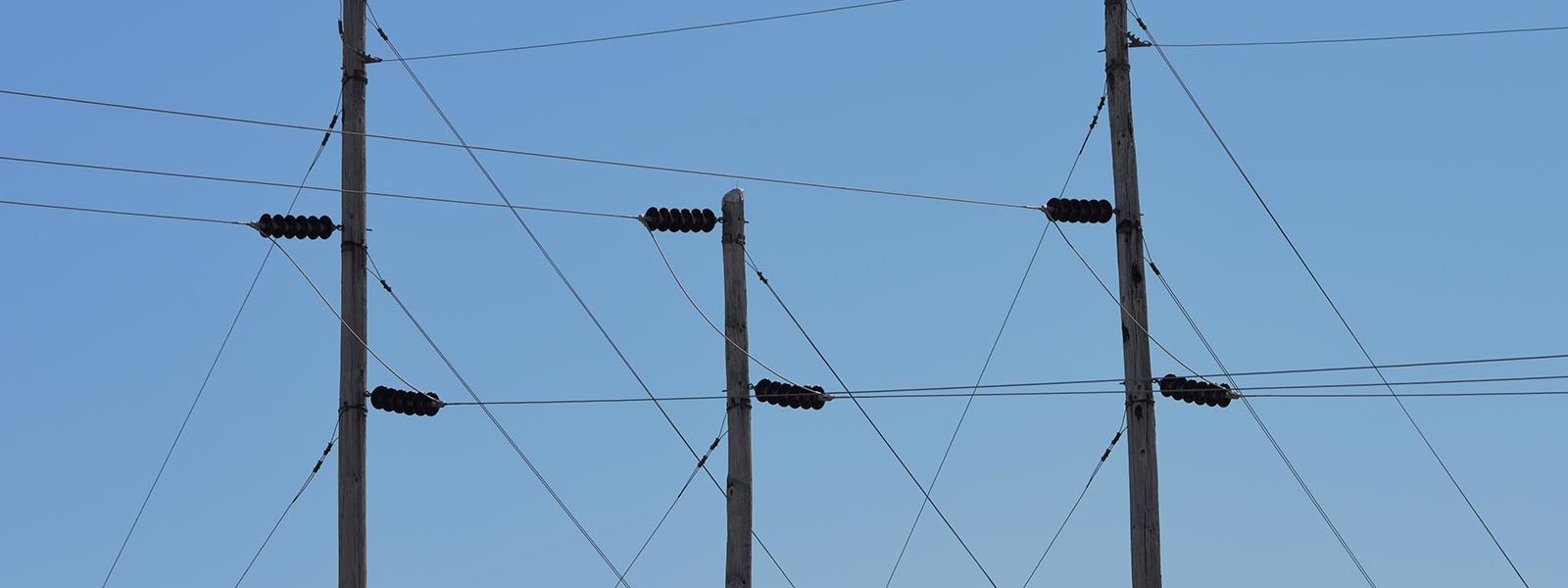
FAQs
There’s a lot to learn about an electrical cooperative. We appreciate members educating themselves on various elements of WRVEC.
-
After many months of research and deliberation, the White River Valley Board of Directors has made a resolution to move forward with an executable plan to deploy fiber-to-the-home (FTTH).
VIEW THE RESULTS OF THE BROADBAND FEASIBILITY STUDY HERE.
-
An electric cooperative is a type of electric utility that is owned by the members it serves. A co-op exists solely to provide high-quality service at the lowest possible price for its members. Your electric cooperative, White River Valley Electric Cooperative, opened its doors in 1939!
-
Cooperatives are owned by the people they serve. That’s why those who receive electric service from a cooperative are called members, not customers. Members maintain democratic control, which means they elect fellow members to represent them on the cooperative’s board of directors. Electric cooperatives were established to provide electricity to rural America, and now make up the largest electric utility network in the nation. That is the cooperative difference!
-
A distribution cooperative is a non-profit, member electric company that purchases electric power at wholesale from a generation and transmission provider and distributes it to its members.
-
Touchstone Energy is an alliance of more than 750 cooperatives in 44 states that collectively deliver power and energy solutions to more than 17 million customers every day. Touchstone provides high standards of to residential, commercial, industrial and agricultural customers.
Touchstone Energy works to highlight electric cooperatives’ unique and differentiating values to the communities they serve. It also provides the strong resources of a nationwide network, offering value to local members.
-
WRVEC is owned by its members and governed by a board of directors. Members nominate and elect representatives to the Board of Directors. Each board member is serving in a representative capacity for their respective district. Directors have a unique position within the corporate structure, as they establish the policies and procedures of the electric cooperative.
-
There are three types of electric utilities: electric cooperatives, investor-owned utilities, and municipal systems. The three are differentiated more by business structure than by the product they provide.
- An electric cooperative is owned by the members it serves, within a designated geographic service area. Members typically live in rural or semi-rural areas. A cooperative operates on a non-profit, cost-of-service basis. In Missouri, electric cooperatives serve an average of six members per mile of electric line.
- An investor-owned utility (IOU) is owned by stockholders who may or may not be customers and may or may not live in the service area. The IOU is a for-profit enterprise. In Missouri, IOUs serve an average of 33 consumers per mile of electric line.
- Municipal systems are usually owned by a city, a state or federal government agency. Municipal customers are typically located in urban or semi-urban areas. In Missouri, municipal electric systems serve an average of 43 consumers per mile of electric line
-
The WRVEC website is the primary channel of communication – complete with updates from the CEO and highlights of important news, Co-op financials and events. Additionally, WRVEC sends members a financial report and notice of the Cooperative’s Annual Meeting, typically in September’s “Current Times” in the Rural Missouri publication. WRVEC uses Annual Meeting as valuable opportunity for in-person engagement with members. The cooperative also utilizes other communication outlets, such as special mailings and social media updates on Facebook, Twitter , Instagram, and YouTube.
-
WRVEC values communication with members. Contact WRVEC headquarters or a local district office.
-
Please visit our outage page to make a report and learn more valuable tips. Report outages through SmartHub for fastest service – the status of the outage can even be tracked in real-time.
-
You can pay online through SmartHub or in person at WRVEC offices.
-
Operation Round Up (ORU) is a member-funded program that provides assistance to community programs, funds college scholarships and helps individuals in crisis. WRVEC members have donated more than $5.3 million to ORU.
-
The Cooperative pays for things like power generation, maintenance and operations. The money left over after those bills are paid each year is called a margin. Margins provide equity for the Cooperative and are assigned to the members through capital credits. Since 2010, $46.7 million in capital credits have been paid to members.
-
WRVEC is pleased to host events that provide the opportunity to engage with our valued members. Learn more about our upcoming events.
-
You can find important information regarding wiring and service specifications in the document below. This is a great guideline for new construction and contractors.